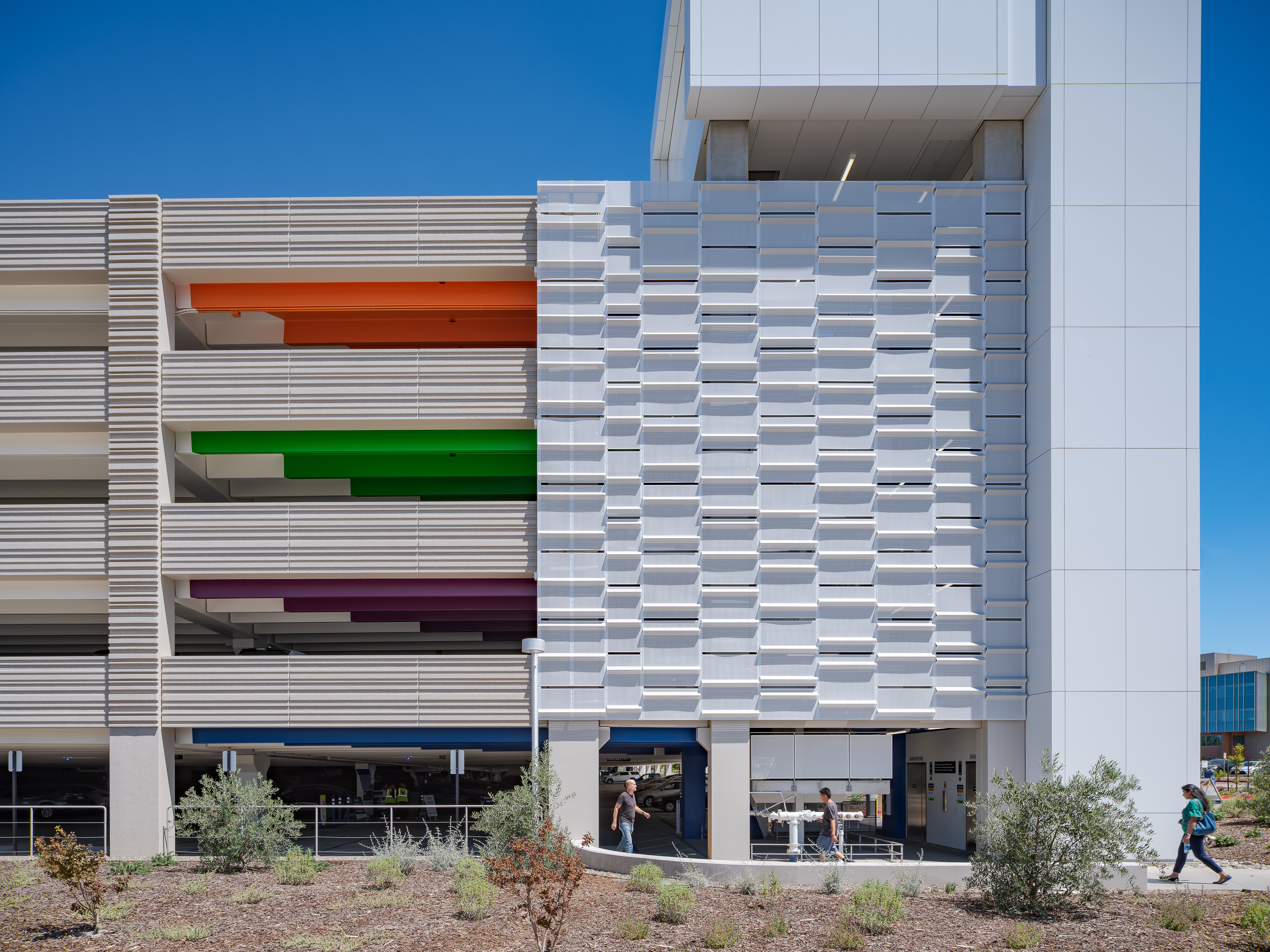Customers and businesses have a symbiotic relationship, and over the past year, both sides of the relationship struggled with abrupt separation.
For instance, in the live event space, fans missed opportunities to cheer on their favorite teams or artists at stadiums, arenas, ballparks, and amphitheaters.
Sports teams, entertainers, and event venues suffered from the absence of cheering fans - both emotionally and financially.
Reopening is a significant step, but maintaining the safety and satisfaction of everyone your business touches is the key
to sustainability.
With vaccinations steadily making their way to the general public, there is burgeoning hope around bridging these gaps. However, the road to recovery doesn’t end when we finally revisit, resume, or reopen operations. Consider it a journey.
As service providers, we are familiar with optimizing customers’ journeys, which, at a high level, can be broken down into three parts: transitional, transactional, and stationary. Transitional conveys the experience toward or between destinations - passages from a to b to c. Transactional is associated with the purchasing behavior at any given site. Stationary covers the experience in a designated place.
When you think back to service experiences as a consumer, you often think of stationary moments: in your seat watching the action unfold or enjoying lunch at a sidewalk cafe.
Lingering memories from transitional or transactional times are often negative, like having trouble parking before the game or waiting for a check.
On the back of the pandemic, the stakes are even higher. Our industry must reexamine and rethink the stages of their customers’ journeys to not only protect guests, but also safeguard operational staff and the general public throughout every business interaction.
Reopening is a significant step, but maintaining the safety and satisfaction of everyone your business touches is the key to sustainability.
Looking at the big picture is not easy; often, it can seem insurmountable. It is so much easier to achieve a fraction of the course and rest on the laurels of a really good sprint. But if roadblocks are a natural part of a journey, how do we get past them? Through tools.
Businesses across the industry are vetting and employing technology to optimize their recovery, from way-finding services to access control technology, contactless payment options, contact-tracing devices, mobile concession solutions, business intelligence systems, and more.
Incredible progress is being made on many fronts. As individuals, we’re surviving a global pandemic. As professionals, we’re pivoting our roles and responsibilities to adapt to unforeseeable change. As businesses, we’re advancing an estimated 3-5 years in the space of a trailing year.
Journeys involve navigating, adapting, learning lessons, and celebrating successes along the way. And, above all, never stopping.
I am excited to attend this year’s Parking Industry Expo, held in ParkHub’s hometown of Dallas, Texas, to present a session inspired by the ParkHub team’s mantra “Never in Park, Always in Drive” and celebrate our industry’s resiliency together.











